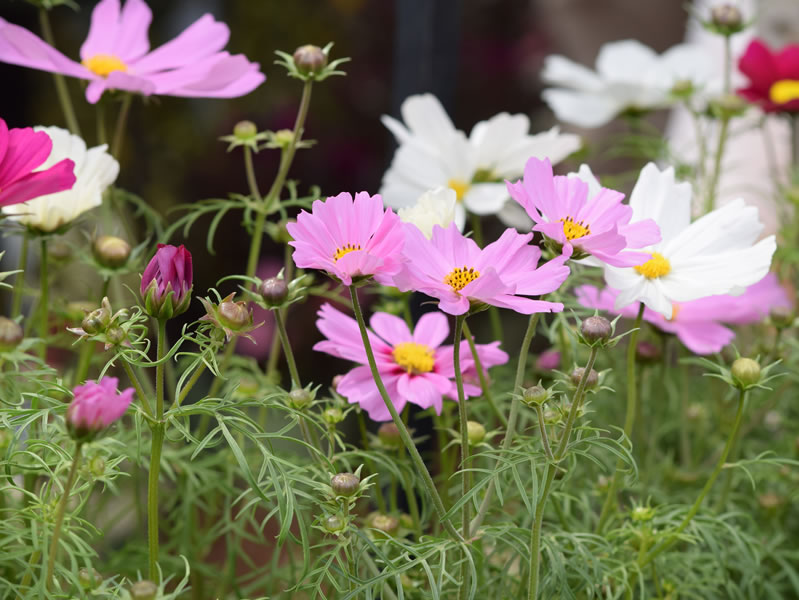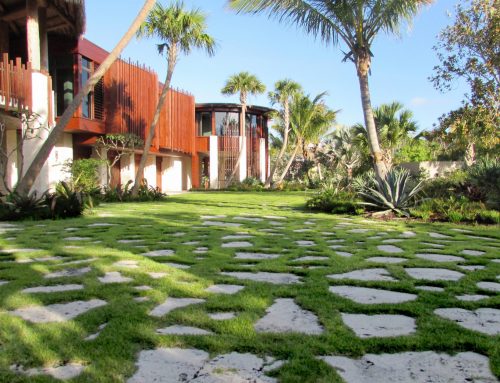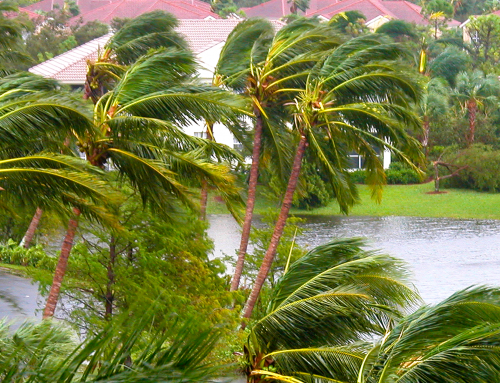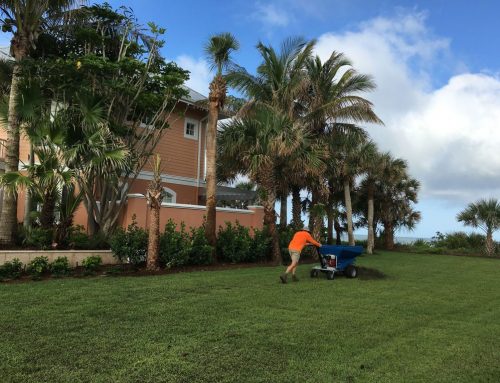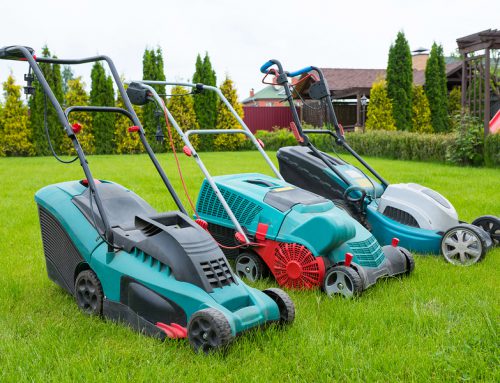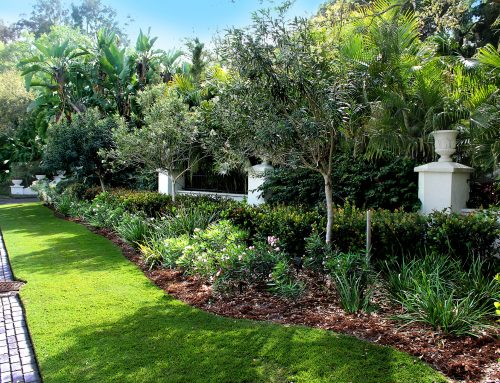Many of Florida’s 2500 native species of wildflowers adapt well to residential and/or commercial landscapes and create natural habitat gardens for a wide range of wildlife such as animals, birds, bats and insects.
As wondrous as wildflowers are, with all their different colors and flower shapes, the purpose goes much further than pleasing the observant eye. Native wildflowers provide habitat for pollinators such as bees, butterflies and moths. 30% of the food on our tables needs pollinators; pollinators in return, need habitat to accomplish that feat.
Wildflowers also help reduce water pollution, provide habitat for a variety of wildlife species and beautify communities. When planted in roadside right of ways, they help in erosion control, decrease mowing and add an aesthetic to our roads and highways.
Because wildflowers support crop pollinators, it is imperative to design, install, maintain and preserve wildflower communities. Wildflowers have adapted to thousands of years of Florida’s unique climate and soils.
Bees, butterflies, moths and other pollinators need access to abundant neck 10 pollen resources throughout the growing season. It is important that you strive for diversity in your wildflower choices. At a minimum, strive for 3 species to be blooming at any one time.
Research suggests that native plants of 4 × more attractive to native bees than exotic flowers. They are usually well adapted to our growing conditions and can thrive with minimum attention. In gardens, heirloom varieties of herbs and perennials can also provide good foraging. Bees have good color vision to help them find flowers in the neck 10 pollen they offer. Flower colors that particularly attract bees are blue, purple, violet, white, and yellow.
Wildflowers clustered in clumps of one species will attract more pollinators than individual plant scattered through the habitat patch. With space allows, make the × 4 feet or more in diameter. There are over 4000 different species of bees in North America, and they are all of different sizes and have different tongue lengths, and will feed on different shaped flowers. Consequently, providing a range of flower shapes means more bees can benefit.
Nectar is loaded with sugars and it’s a bees/pollinator main source of energy. Pollen provides a balanced diet of proteins and fats for bees/pollinators. Many popular wildflower varieties are hybridized for features that are valued by the gardener, like disease resistance, flower size or color and bigger, longer blooms. Unfortunately, much hybridization has reduce the production of nectar and pollen; and sometimes leaves the resulting plant completely sterile and useless to bees and other pollinators.
Climate conditions is another factor that impacts the amount of nectar secreted by a flower.

